Certified Nurse-Midwives (CNMs) are advanced practice registered nurses (APRNs) trained in midwifery. They provide holistic care for women and newborns, blending nursing and obstetric expertise. In modern practice, CNMs handle prenatal care, childbirth, postpartum care, and gynecologic and primary care for women across the lifespan.
What Is a Certified Nurse Midwife (CNM)?
A Certified Nurse Midwife (CNM) is an advanced practice registered nurse (APRN) who is trained in both nursing and midwifery. CNMs provide comprehensive care to women across the lifespan, with a focus on pregnancy, childbirth, postpartum, and reproductive health. To become a CNM, one must first be a registered nurse and then complete graduate-level midwifery education and certification.
In contrast, a Certified Midwife (CM) is also trained at the graduate level in midwifery but does not have a nursing background. Both CNMs and CMs take the same certification exam through the American Midwifery Certification Board (AMCB) and have a similar scope of practice, but CNMs are licensed in all 50 states, whereas CMs are only recognized in select states.
In summary, CNMs are nurse-midwives (nurses with midwifery training), while CMs are direct-entry midwives (midwifery training without prior nursing) – their education and certification are equivalent in midwifery, but the CNM’s nursing foundation allows broader licensure across the U.S.. Another category, Certified Professional Midwives (CPMs), follows a different, non-nursing apprenticeship or vocational training pathway, but CPMs are separate from the CNM/CM credentials.
History of Midwifery in the U.S.
Midwifery in America is ancient yet was nearly eliminated by the 20th century. In colonial America, childbirth was women-centered and midwives (often apprenticed from elder midwives, including many Black and Indigenous women) were the primary birth attendants. They provided extensive holistic care in homes and communities. In the 1800s, however, a “medicalization” of birth took hold. Influential physicians and policies (e.g. the 1910 Flexner Report) promoted hospital births and undermined midwives. By 1980 only about 1.1% of U.S. births were attended by midwives. Nurse-midwifery began as a formal field in the 1920s (Frontier Nursing Service in 1925), but early nurse-midwife programs often excluded women of color.
Starting in the 1960s–1970s, a resurgence occurred: the women’s health movement and pioneers like Ina May Gaskin popularized out-of-hospital birth and holistic care. Midwifery education and licensure expanded (e.g. ACNM was founded in 1955). By 2020, midwives attended nearly 12% of U.S. births, and a 2023 GAO report confirmed midwives attended 12% of 2021 births. This growth continues: midwife programs have increased enrollment, though challenges remain (cost of training, clinical placement).
Today, CNMs combine this rich heritage with modern healthcare: they are critical to addressing maternal health disparities and high intervention rates by offering lower C-section and episiotomy rates than many obstetric teams.
What does a Certified Nurse Midwife Do?
CNMs practice full-scope midwifery and women’s health. They manage prenatal care (monitoring fetal development, managing common pregnancy issues), labor and delivery support (from natural births to assisting in C-sections), and postpartum/newborn care (including lactation support). In addition, CNMs provide gynecologic care – annual exams, Pap smears, breast exams – and family planning (birth control counseling, STD screening). They also address general primary care needs for women (blood pressure, nutrition counseling, immunizations) and care for healthy newborns up to 28 days old.
Key daily responsibilities of Certified Nurse Midwives include: patient assessment and history-taking; conducting physical exams (including obstetric exams); ordering and interpreting lab tests and ultrasounds; prescribing and managing medications; developing care plans; and patient education. CNMs also perform newborn exams, counsel on postpartum recovery, and coordinate referrals when complications arise. In hospitals, CNMs may serve as first assistants in surgery or work on teams with obstetricians. They emphasize evidence-based, low-intervention childbirth, advocating for patients’ preferences and informed choices. In many states, CNMs have prescriptive authority and can independently prescribe medications and treatments similar to other healthcare providers. The role demands strong communication, empathy, and long-hour resilience (emergency deliveries can occur at any time).
How to Become a Certified Nurse Midwife?
To become a CNM, you must fulfill specific education, training, and certification steps. Below is a step-by-step guide:
1. Earn a Bachelor’s Degree in Nursing (BSN)
The first step is to become a registered nurse. That typically means completing a Bachelor of Science in Nursing program, which includes coursework in health sciences and clinical rotations. Begin your journey with our step-by-step guide to becoming a registered nurse—the essential first milestone on the path to an CNM career. Some practicing RNs enter midwifery via bridge programs, but ultimately you need a bachelor’s degree or higher for CNM training. During your BSN, it’s helpful to choose electives or clinical placements in obstetrics if possible.
| Requirement | Details | Timeframe |
|---|---|---|
| Earn a BSN | Complete an ACEN/CCNE-accredited Bachelor of Science in Nursing program (includes coursework & clinical rotations) | ~4 years |
| Pass NCLEX–RN & RN License | Sit for the NCLEX-RN exam (~$200 fee) and apply for state RN licensure | 6 mo–1 yr post-BSN |
| Gain Clinical Experience | Work as an RN (ideally in labor & delivery or women’s health units) to build hands-on prenatal, labor & newborn skills | 1–2 years |
| Graduate Midwifery Degree | Enroll in an ACME-accredited MSN (2–3 yrs) or DNP (3–4 yrs) program; complete ≥ 500 midwifery clinical hours | 2–4 years |
| Pass AMCB Certification | Apply to and pass the AMCB CNM exam (~$500 fee) to earn your “CNM” credential | 3–6 months post-grad |
| State CNM Licensure | Submit AMCB certificate and RN license to your state Board of Nursing; meet any collaborative or prescriptive requirements | 1–3 months |
| Maintain Credentials | Renew AMCB certification every 5 yrs (CE or re-exam) and state licenses every 1–2 yrs (with CE credits) | Ongoing |
2. Pass the NCLEX-RN and obtain RN licensure
After graduating from nursing school, you must pass the NCLEX-RN exam to become a licensed Registered Nurse. This exam is required in all states for nursing practice. Once you pass, apply for RN licensure in your state. Having an active RN license is mandatory before starting graduate midwifery education.
3. Gain Nursing Experience
Working as an RN for a time can strengthen your skills. Many prospective CNMs work 1–2 years in labor and delivery units or other maternal-newborn settings to gain practical experience with births, prenatal care, and newborns. This hands-on experience is valuable and some graduate programs prefer or require it. However, some CNM programs will accept students with no L&D experience, especially if the program includes extensive clinical training – requirements vary by school.
4. Complete a Graduate Midwifery Program
Next, enroll in an ACME-accredited nurse-midwifery program for your graduate education. You have two main pathways: a Master’s of Science in Nursing (MSN) in Nurse-Midwifery or a Doctor of Nursing Practice (DNP) with a focus in midwifery.
MSN programs typically take 2–3 years, while BSN-to-DNP programs take 3–4 years. Coursework will cover advanced health assessment, pharmacology, prenatal care, labor & birth management, postpartum and neonatal care, and women’s health. You’ll also complete extensive clinical rotations under the supervision of certified midwives or obstetricians (usually >500 clinical hours), where you will learn to conduct exams, manage labors, and deliver babies under supervision.
5. Become Certified by the American Midwifery Certification Board (AMCB).
Upon graduation, you must pass the national Certified Nurse-Midwife exam administered by American Midwifery Certification Board (AMCB) to obtain your CNM credential. This is a comprehensive exam testing your knowledge in all aspects of midwifery practice. Certification through AMCB is required in order to practice – it is the recognized certification for both CNMs and CMs in the U.S.. Once you pass, you earn the title “CNM”. The exam fee is about $500, and you’ll need to send your transcripts and proof of RN license with your application.
6. Apply for state licensure as a CNM.
Finally, apply to your state’s regulatory body (usually the Board of Nursing) for a license to practice as a nurse-midwife. You will submit proof of your CNM certification, RN license, and education. All 50 states and D.C. license CNMs, although the exact title of the license may differ (some call it an APRN license or nurse-midwife license). Once licensed, you can legally practice in that state. Some states may have additional requirements, such as a collaborative agreement with a physician or a separate prescriptive authority application, so be sure to check your state’s specifics.
7. Maintain certification and licensure
CNMs must renew their AMCB certification every 5 years (through the Certificate Maintenance Program, which involves continuing education or re-examination) and renew state licenses as required (typically every 1–2 years, with continuing education credits).
How Long Does It Take to Become a CNM?
Becoming a Certified Nurse Midwife is a multi-year educational journey. In total, it typically takes around 6 to 8 years from the start of college to becoming a fully certified and licensed CNM. The exact timeline can vary depending on individual circumstances.
How Much Does it Cost to Become a Nurse Midwife?
Becoming a CNM involves several educational stages, each with its own costs. It’s important to plan for tuition, fees, and other expenses. Below is a breakdown of typical costs:
| Expense | Estimated Cost Range | Notes |
|---|---|---|
| BSN Program Tuition | $90,000 – $200,000+ total | Public in-state ~$22,000/year; private ~$50,000+/year; includes tuition, fees, room/board |
| RN Licensing Exam & Fees | ~$300 | NCLEX-RN exam ~$200; state license application $100–$200; prep materials extra |
| Graduate Midwifery Tuition (MSN) | $30,000 – $80,000 total | 2–3 year program; public in-state ~$28k, private higher; avg grad tuition ~$33k/year |
| Graduate Midwifery Tuition (DNP) | $110,000 – $170,000+ total | BSN-to-DNP in 3–4 years; some do MSN then post-MSN DNP |
| Additional Program Fees | Varies ($500–$2,000+) | Clinical lab fees, tech fees, liability insurance, etc.; similar credits for online vs. live |
| AMCB Certification Exam & App | ~$500 | Exam fee per attempt; includes initial certification; transcripts/background checks extra |
| State CNM Licensure | $100 – $300 | APRN application; some states add $50–$200 for prescriptive authority or controlled substances |
| Books & Supplies | $1,000 – $3,000+ | Textbooks, stethoscope, fetal doppler, suture kits; often bundled or included in fees |
| Living Expenses | Varies widely | Housing, food, transportation; often included in “total cost” estimates for each program |
Programs like the NHSC (National Health Service Corps) offer loan repayment for serving in underserved areas, and organizations like ACNM, March of Dimes, and others offer scholarships for midwifery students. Many CNM students work as RNs during graduate school to offset costs, especially if enrolled part-time or online.
How Much do Nurse Midwives Earn?
Certified Nurse Midwives earn competitive salaries, reflecting their advanced training and the responsibility of their role. Nationally, CNMs earn around $120,000 to $130,000 per year on average. The U.S. Bureau of Labor Statistics reported a median annual salary of $129,650 for nurse-midwives. Several factors influence how much a CNM makes, including geographic location, work setting, years of experience, and education level. Below, we break down CNM salaries and trends:
Average Salary of CNMs
According to recent data, the average (mean) annual salary for CNMs is about $131,000. New graduate CNMs typically start lower (in the range of $80–90k in some areas), while experienced midwives or those in high-cost cities can earn well above $130k. CNMs are among the top-earning nursing professionals, second only to nurse anesthetists in many surveys.
The top 10% of CNMs nationally (often those with many years of experience, in high-paying locales or administrative roles) can make upwards of $170,000 annually. Conversely, entry-level or lower-paid positions (bottom 10%) earn around $75,000–$80,000. For example, a new CNM in a lower-cost area might start around $85k. Over time, midwives typically see salary increases as they gain experience or take on lead midwife/managerial roles.
CNM Salary by State
There is considerable regional variation. California is the highest-paying state for nurse-midwives, with an average annual salary of about $183,740, followed by Hawaii ($161,820) and Massachusetts ($154,080). States like Oregon and Maine also report averages around $139k–$140k. In contrast, some states have lower averages – for example, CNMs in Idaho average around $78,530 (the lowest reported), and states like South Carolina and Florida are around $95k–$100k. These differences reflect cost of living, demand, and scope of practice variations.
| State | Mean Annual Salary |
|---|---|
| California | $183,740 |
| Hawaii | $161,820 |
| Massachusetts | $154,080 |
| Maine | $140,440 |
| Oregon | $139,490 |
| New York | $135,120 |
| Georgia | $124,020 |
| District of Columbia | $109,970 |
CNM Salary by Work Setting
The work environment also impacts earnings. CNMs working in outpatient care centers (such as birth centers or clinics) have the highest average salaries, at approximately $164,000 per year. Those employed in hospitals (which includes medical centers) average about $136,000, while midwives working in physicians’ offices (private OB/GYN or midwifery practices) earn around $127,000 on average. Midwives in public health or academia (e.g., teaching in universities) might earn a bit less, often in the $100–120k range, though these jobs may come with other benefits (like regular hours).
Overall, nurse-midwifery offers a strong salary that, combined with benefits provides a comfortable living in most areas. Salaries have also been trending upward due to the demand for maternity providers. Additionally, many CNMs take on extra shifts or on-call hours which can include differential pay or bonuses for attending extra births. When evaluating a job offer, it’s important to consider the whole compensation package: some employers may offer loan repayment, sign-on bonuses, or overtime opportunities that add to the base salary.
Job Outlook and Demand of Certified Nurse Midwives
The job outlook for Certified Nurse Midwives is very positive. In the context of a broader need for healthcare providers, CNMs (along with nurse practitioners) are among the faster-growing occupations. The Bureau of Labor Statistics projects that overall employment of advanced practice nurses – including nurse midwives – will grow around 40% from 2023 to 2033, much faster than average. This reflects increasing demand for healthcare services, emphasis on cost-effective care, and a growing recognition of the role of midwives in improving maternal outcomes.
Focusing specifically on CNMs: Because the absolute number of nurse-midwives is smaller than some other professions, percentage growth may vary by source. An earlier BLS analysis projected the number of nurse-midwife jobs would increase by about 11% over the decade (e.g., from 7,300 jobs in 2020 to about 8,100 in 2030). In real terms, that’s several hundred new CNM positions being added, not including the need to replace retiring midwives. As obstetrician shortages loom in parts of the U.S. (especially rural areas), midwives are increasingly seen as essential providers to fill gaps in maternity care.
Look in to Current Demand
CNMs are already in high demand in hospitals, birthing centers, and clinics. Many regions – particularly rural communities and urban underserved areas – have a shortage of maternity care providers, and CNMs are being recruited to expand access. Healthcare systems are employing more midwives to staff collaborative practices alongside obstetricians, in order to offer more personalized care and reduce intervention rates. The rise of birth centers and midwife-led units also contributes to job openings for CNMs. Additionally, as more women seek holistic or low-intervention birth experiences, the popularity of midwifery care is increasing, driving demand for CNM services.
Geographic Differences
Demand is strong nationwide, but especially in states that have a robust midwifery practice environment (like those with full practice authority and active birth centers). For example, states like New York, California, and Washington – which have many midwife-attended births – often have multiple job openings for CNMs at any given time. Some states with historically fewer midwives (due to restrictive laws) are starting to expand midwifery practice, which could open new opportunities as regulations evolve.
International Trends
Globally, the role of midwives (including nurse-midwives) is recognized as vital in improving maternal and neonatal health. Many developed countries rely heavily on midwives as primary maternity care providers. For instance, in the U.K., Canada, the Netherlands, New Zealand, and others, midwives attend a large percentage of births, often handling all normal pregnancies with physicians only for complications.
Studies have shown that midwife-led care can lead to equal or better outcomes for low-risk pregnancies – including lower intervention rates and high patient satisfaction. The World Health Organization (WHO) has called for strengthening midwifery services worldwide as a key strategy to reduce maternal and infant mortality. In fact, there is a projected global shortage of midwives in many regions; the UN’s State of the World’s Midwifery reports advocate for training more midwives to meet healthcare needs. This means CNMs who are interested in international work or mission service will find many opportunities abroad.
Nurse Midwife Professional Organizations and Resources
Midwifery practice in the United States is supported by a network of professional associations, certifying bodies, and accrediting agencies. Together they set education standards, award credentials, advocate for the profession, and offer continuing‐education and networking resources. The table below highlights the organizations most commonly referenced by U.S. midwives and employers alike.
| Organization (Abbrev.) | Key Functions for Midwives |
|---|---|
| American College of Nurse-Midwives (ACNM) | Sets practice standards, offers CME, advocacy, publishes Journal of Midwifery & Women’s Health |
| American Midwifery Certification Board (AMCB) | Administers the national CNM/CM exam; maintains certification & recertification |
| Accreditation Commission for Midwifery Education (ACME) | Accredits U.S. nurse-midwifery and midwifery education programs |
| National Association of Certified Professional Midwives (NACPM) | Represents Certified Professional Midwives (CPMs); policy/legislative advocacy; continuing education |
| North American Registry of Midwives (NARM) | Issues and maintains the Certified Professional Midwife (CPM) credential |
| American Association of Birth Centers (AABC) | Supports freestanding birth centers; develops standards; provides benchmarking & accreditation option |
| Association of Women’s Health, Obstetric and Neonatal Nurses (AWHONN) | Offers guidelines, research, and CE for perinatal nurses and many hospital-based CNMs |
| National Black Midwives Alliance (NBMA) | Builds power and amplifies the voices of Black midwives; promotes birth‐justice initiatives |
Ready to Become a Certified Nurse Midwife?
A career as a Certified Nurse Midwife offers unparalleled rewards. You’ll play a central role in one of life’s most profound experiences—welcoming a new baby—and build lasting relationships by guiding women through pregnancy, birth, and beyond. Midwifery emphasizes holistic, patient-centered care, allowing you to support not just physical health but also education and emotional well-being. With average salaries in the $120K–$130K range (and top earners exceeding $170K), strong job growth, and, in many states, full practice authority, CNMs enjoy both financial stability and professional autonomy. Whether you choose a busy hospital, a cozy birth center, or your own private practice, the flexibility to shape your work environment means you can find the balance that’s right for you.
That said, midwifery can be demanding. Labor and delivery don’t keep office hours—expect nights, weekends, and on-call shifts that can lead to sleep disruption and personal sacrifices. The emotional stakes are high: while most births are joyous, emergencies and complications do occur, and coping with difficult outcomes requires resilience and a solid support network. Obstetrics also carries significant liability risk, so malpractice insurance and a defensive mindset often come with the territory. Physically, the work can be taxing—long hours on your feet, assisting women in labor positions, and managing back-to-back shifts demand stamina and careful self-care.
Despite these challenges, most midwives find that the profound impact they have on families’ lives far outweighs the drawbacks. If you thrive on meaningful connections, value autonomy, and are prepared for a dynamic, sometimes unpredictable schedule, a CNM career can be one of the most fulfilling paths in healthcare. It’s important to recognize that, like any profession, it comes with both rewards and challenges. Most midwives say the joy of witnessing new life outweighs every challenge.
So—are you ready to answer the call and start your journey toward becoming a Certified Nurse-Midwife?

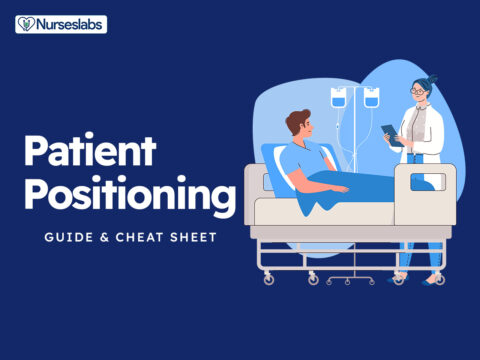

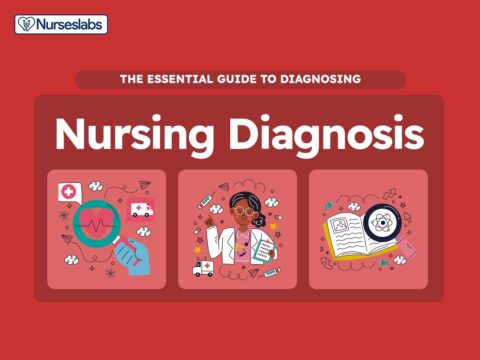


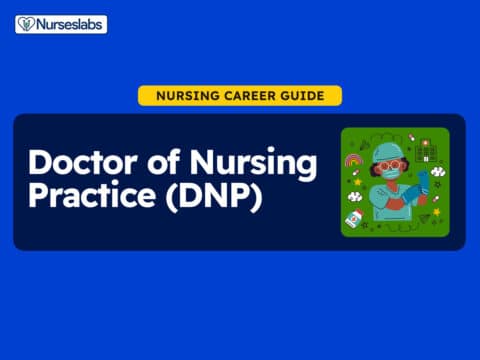
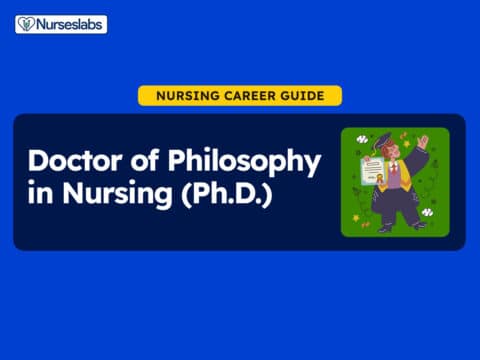

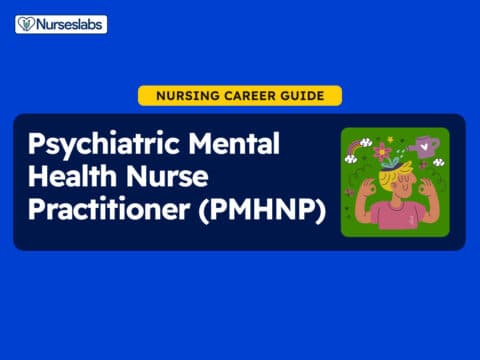
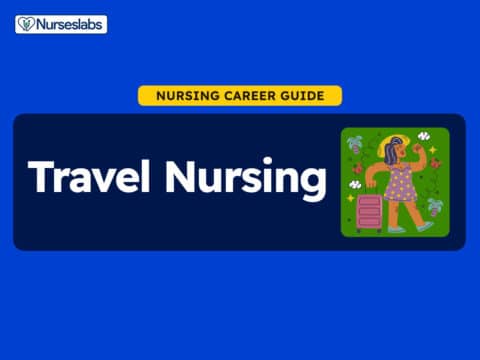
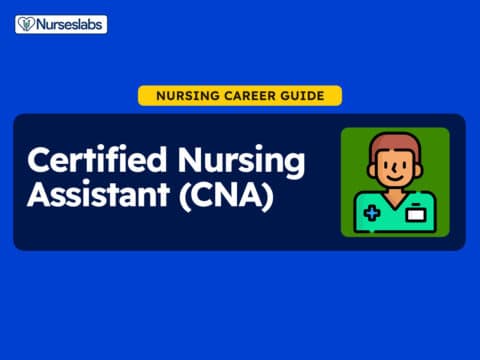


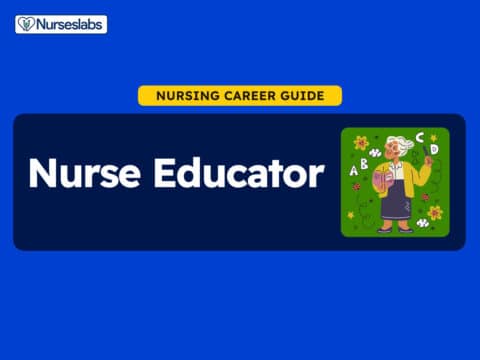

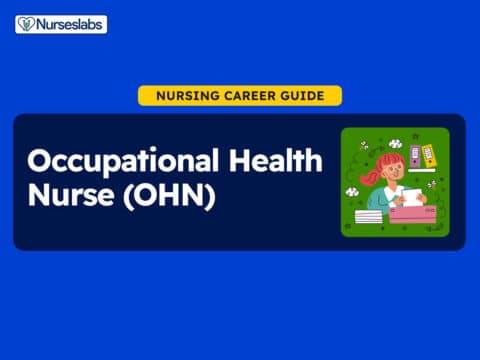
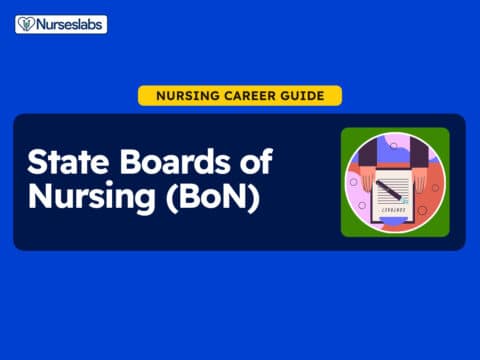
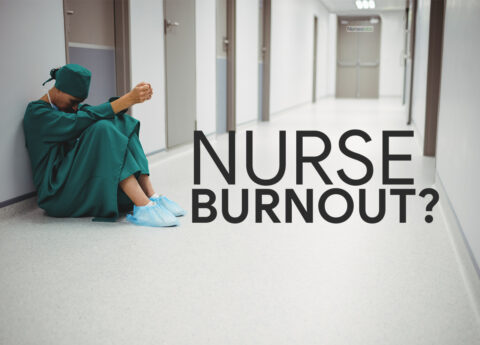


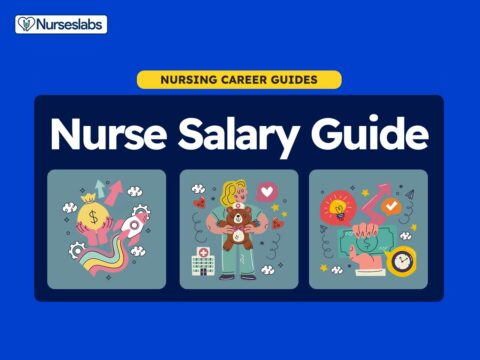





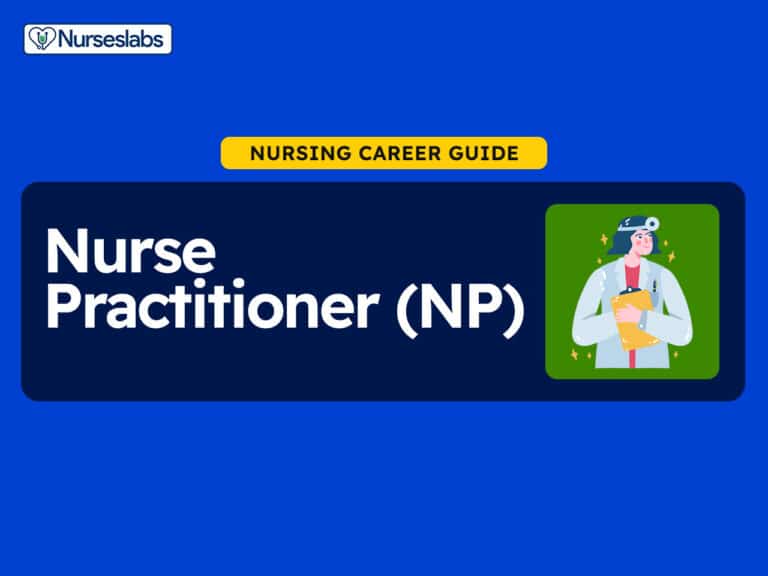


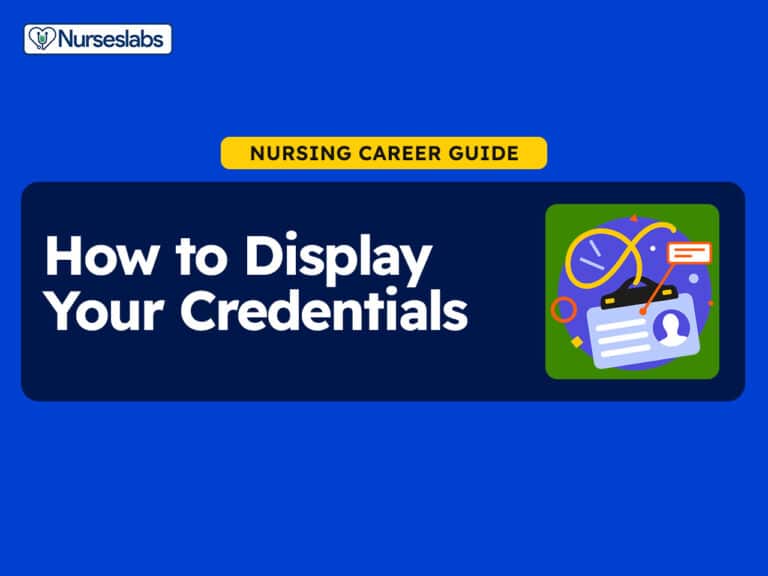
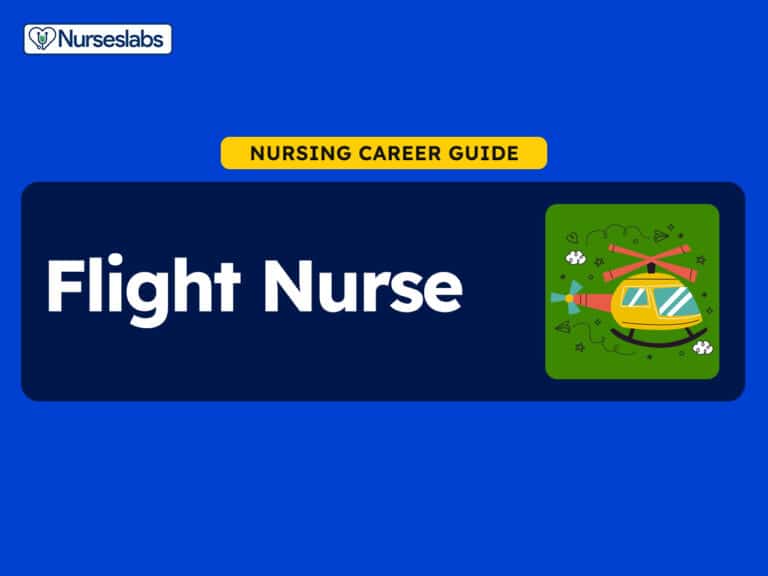

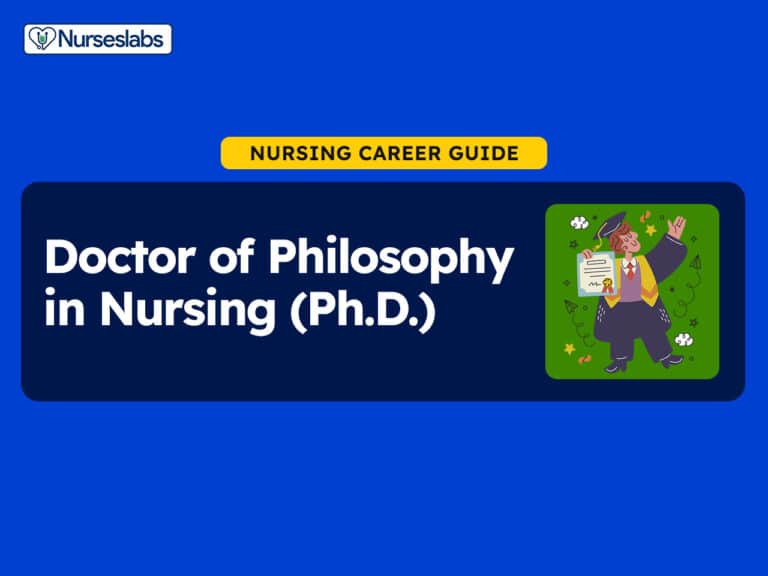

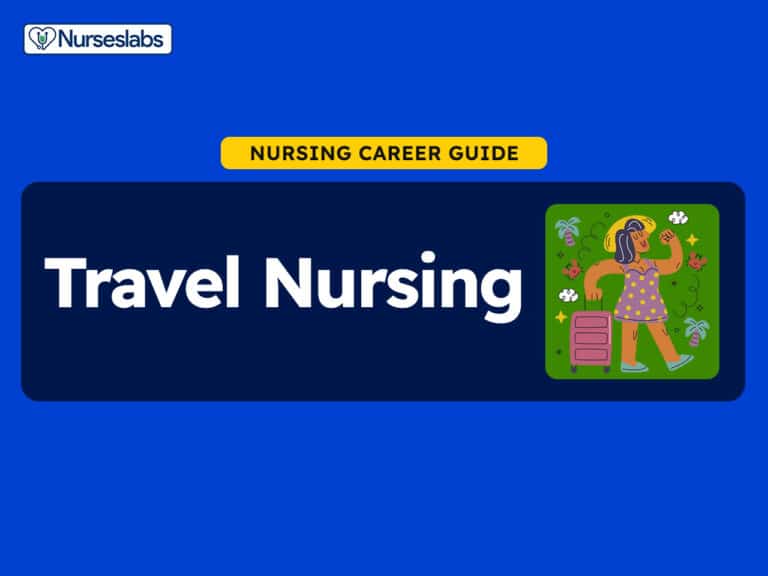
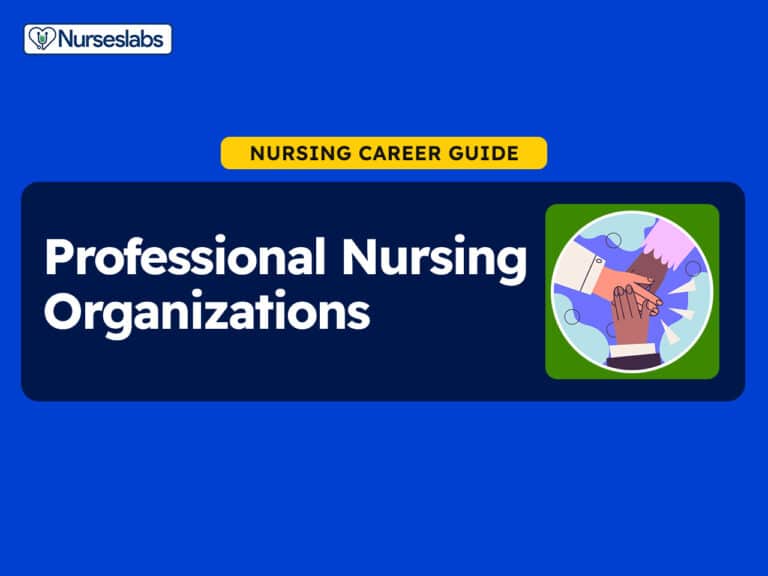
Leave a Comment